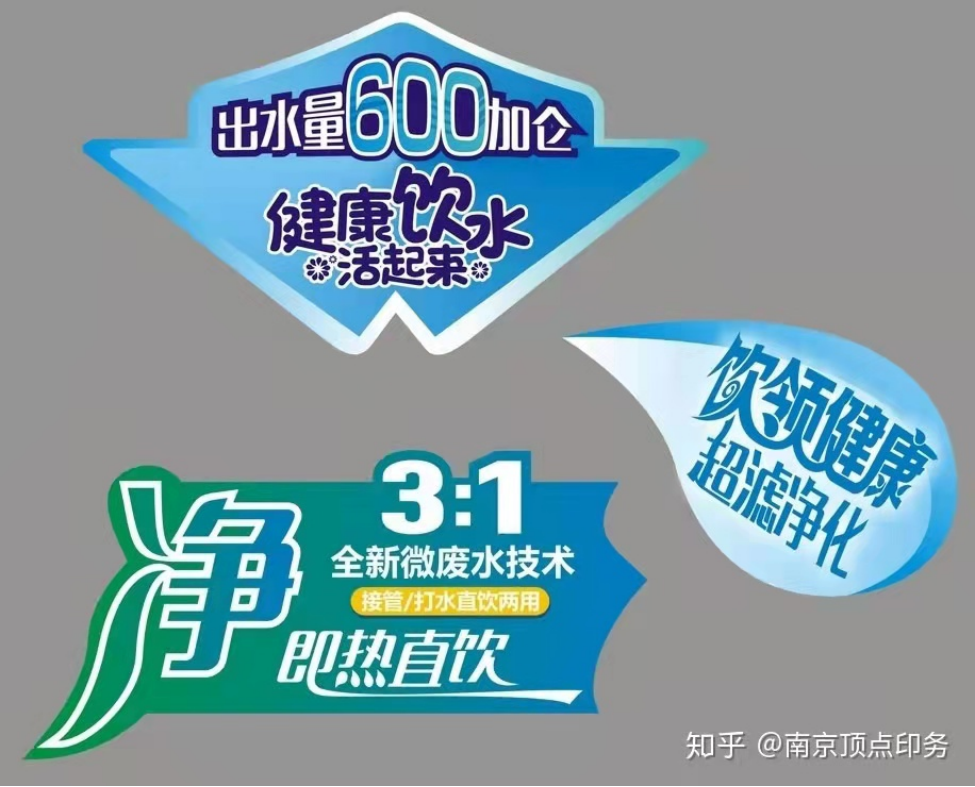+86 755 8406 3051
Keywords: Label Printing Machine,Intermittent Letterpress Printing Machine ,Flexo Printing Machine ,Screen Printing Machine ,Intermittent Flexo Label Press, Full Rotary Printing Press, Intermittent Printing Press ,Full Rotary Flexo Printing Press , Label Printing Press ,Letterpress Rotary Printing Machine,Label Presses, Printing Press, Roll to Roll Letterpress Printing Machine,Semi-rotary printing Machine ,Reel to Reel Printing Machine ,High Speed Full Rotary Printing Machine ,Label Coverting Machines ,Label Finishing Machines,Die Cutting Machine ,Label Printing & Coverting Solutions,Label Printing Solutions

+86 755 8406 3051
**1. Material Composition and Application
Self-Adhesive Labels:
Construction: Self-adhesive labels are made from a composite material that typically includes a facestock (paper, film, or special material), an adhesive layer, and a silicon-coated release liner.
Application: These labels can be easily applied by peeling them from the backing paper and sticking them onto various surfaces. They can also be automatically applied using labeling machines on production lines.
Advantages: Self-adhesive labels eliminate the need for glue or water, making them cleaner and quicker to apply. They are versatile and can adhere to a wide range of substrates, including those not suitable for traditional labels.
Traditional Labels:
Construction: Traditional labels are often made from a single layer of paper or other material, and require an additional adhesive application process.
Application: These labels typically need to be brushed with glue, dipped in water, or otherwise manually adhered to the substrate.
Disadvantages: Traditional labeling methods can be messier and more time-consuming, and they may not adhere well to all types of surfaces.
**2. Printing Process
Self-Adhesive Labels:
Complexity: The printing process for self-adhesive labels involves additional steps such as die-cutting and processing to create the final product.
Equipment: Higher precision equipment is required to handle the composite materials and ensure accurate die-cutting and adhesive application.
Quality Requirements: Printing self-adhesive labels demands higher quality standards in terms of equipment performance and staff expertise due to the complexity of handling multiple layers and ensuring consistent adhesion.
Traditional Labels:
Simplicity: The process is generally simpler, often involving direct printing on the label material and then applying adhesive separately.
Equipment: Traditional label printing can be accomplished with standard printing equipment, which may be less complex compared to the requirements for self-adhesive labels.
Quality Requirements: While still requiring attention to detail, the production process may not demand the same level of precision and specialized equipment as self-adhesive labels.

**3. Efficiency and Environmental Impact
Self-Adhesive Labels:
Efficiency: Self-adhesive labels offer significant time savings and efficiency, particularly in automated production environments. The elimination of additional adhesive application steps speeds up the labeling process.
Environmental Impact: They are considered more environmentally friendly in some cases due to the reduced use of glue and water, though the disposal of the release liner can be a consideration.
Traditional Labels:
Efficiency: Traditional labeling can be more labor-intensive and time-consuming due to the additional steps required for adhesive application.
Environmental Impact: The need for glue or water and additional handling can result in more waste and a higher environmental footprint compared to self-adhesive labels.
**4. Applications and Versatility
Self-Adhesive Labels:
Versatility: These labels are highly versatile and can be used on a wide range of surfaces, including curved or irregular shapes. They are suitable for various applications, from product labeling to promotional materials.
Fabric Options: Available in various facestocks, including paper, plastic, and specialty materials, making them adaptable to different needs.
Traditional Labels:
Application Limitation: Traditional labels may be less adaptable to certain surfaces or shapes, and may not perform well in all environmental conditions.
Fabric Options: Generally limited to simpler materials and adhesives, which may not offer the same range of options as self-adhesive labels.

Self-Adhesive Labels:
Pros: Easy to apply, versatile, time-efficient, and cleaner process.
Cons: More complex printing process, higher equipment and skill requirements.
Traditional Labels:
Pros: Simpler production process, less complex equipment.
Cons: Messier application, less versatile, and more time-consuming.
Self-adhesive labels provide significant advantages in terms of ease of use and versatility, but they require a more sophisticated printing process and higher-quality equipment. Traditional labels, while simpler and potentially less costly, may not offer the same level of convenience and adaptability.
Ongoing R&D and Product Enhancements to Ensure Top Performance.
Shenzhen Caisheng Printing Machinery Co., Ltd
Address:No.39 Shuitian Road, Tongle Community ,Longgang District, Shenzhen City
Tel:+86-755-8406 3051 Whatsapp:+86 134 2873 3022
E-mail: sales@caishengmachinery.com
